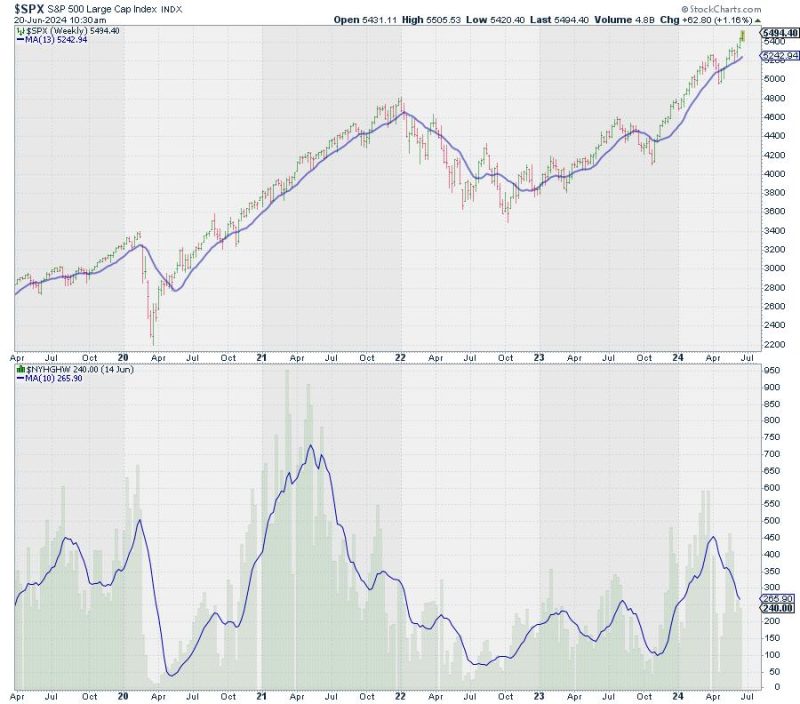In today’s dynamic market landscape, the concept of pricing plays a crucial role in determining the success and sustainability of a business. Pricing strategies not only influence consumer behavior but also impact a company’s profitability and competitiveness. However, as businesses navigate the complexities of setting prices, it is essential to evaluate the long-term implications of their pricing decisions.
One fundamental aspect businesses must consider is the balance between price and value. While setting a high price may lead to immediate revenue gains, it could potentially alienate price-sensitive customers in the long run. On the other hand, underpricing products might compromise the perceived value, undermining profitability and sustainability. Striking the right balance between price and value entails understanding customer preferences, market trends, and the perceived benefits of the product or service.
Moreover, it is essential for businesses to assess the competitive landscape when devising pricing strategies. Keeping a close eye on competitors’ pricing practices can provide valuable insights into market positioning and differentiation opportunities. By conducting thorough competitive analysis, businesses can identify pricing gaps, capitalize on competitor weaknesses, and fine-tune their pricing strategies to maintain a competitive edge.
Another crucial consideration for businesses is the impact of pricing on brand perception and customer loyalty. Consistently offering products or services at discounted prices may attract price-sensitive customers in the short term. However, it can dilute the brand’s perceived value and erode customer loyalty over time. Establishing a pricing strategy that aligns with the brand image, quality standards, and target market expectations is essential for building long-term customer relationships and fostering brand loyalty.
Furthermore, businesses must anticipate and adapt to changes in market conditions, consumer preferences, and external factors that may influence pricing decisions. Flexibility and agility in adjusting pricing strategies in response to market dynamics can help businesses maintain relevance, capitalize on emerging opportunities, and mitigate risks associated with pricing fluctuations.
In conclusion, while pricing is a fundamental component of a business’s revenue generation and profitability, it is crucial for businesses to adopt a strategic and holistic approach to pricing that considers the long-term implications on customer value, competitive positioning, brand perception, and market dynamics. By striking a balance between price and value, leveraging competitive insights, nurturing customer loyalty, and staying adaptable to market changes, businesses can optimize their pricing strategies for sustained success and growth in an ever-evolving marketplace.
